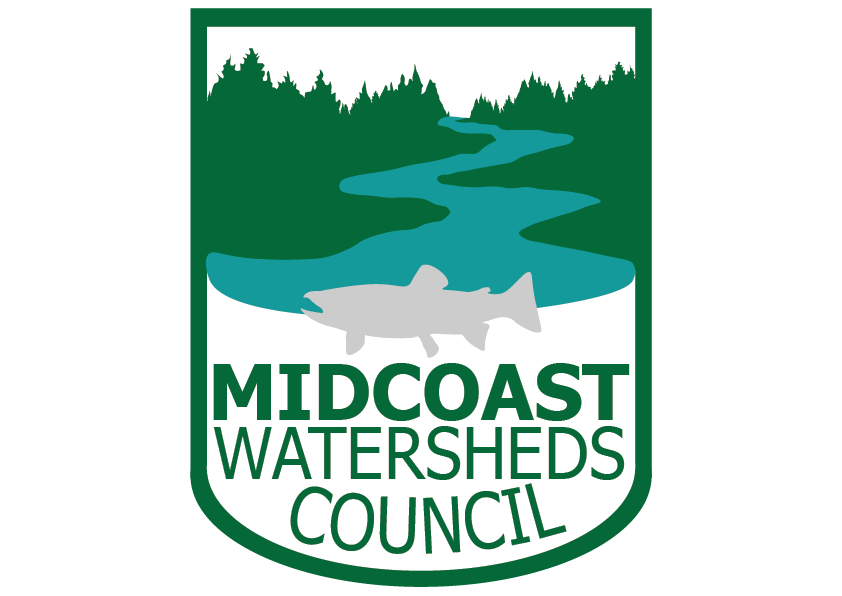Creating a Strategic Action Plan for coho SALMON recovery in the Siletz Basin
Vision Statement:
A healthy, wild coho population is found in diverse habitats with good water quality, supported by natural watershed processes, providing fishing and aesthetic benefits to future generations.
Outcome Statement:
Coho viability and productivity in the Siletz is primarily limited by reduced quality, quantity, diversity, and connectivity of rearing habitat. Protecting and restoring a diversity of high quality rearing habitat will result in increased viability, productivity, and resilience of the Siletz population.
a piece of a larger effort:
Oregon’s Coast Coho Business Plan is an innovative initiative targeting recovery efforts for both of Oregon’s federally listed coast coho species, Oregon Coastal Coho and Southern Oregon Northern California Coho. This Business Plan initiative brings together critical federal, state, and local partners to engage in the development of science-based watershed restoration plans on the Oregon coast with the aim of accelerating the pace and effectiveness of local habitat protection and restoration efforts.
The Oregon Watershed Enhancement Board has partnered with the Wild Salmon Center, Oregon Department of Fish and Wildlife, National Oceanic and Atmospheric Administration, and the National Fish and Wildlife Foundation to advance the unique opportunity to assist in the recovery of Oregon Coast Coho through coordinated public-private investments in scientifically based, locally led plans.
Specifically, the Business Plan will:
• Evaluate success based on a set of common watershed-scale indicators that can also be “rolled up” to assess habitats coast-wide
• Facilitate the local development of science-based watershed restoration plans on the Oregon coast
• Aggregate the cumulative costs and benefits of plan implementation, providing greater clarity to funders on the anticipated returns from their conservation investments
Sustained implementation of the Business Plan initiative will ensure that the best available science guides local conservation efforts. It will also ensure that state, federal, and private funders are coordinated to support and accelerate work on the ground.
As a first step in this process, we created a map of work already completed in the Siletz Basin. Please note, this map will be updated as other sources of restoration data are explored.


